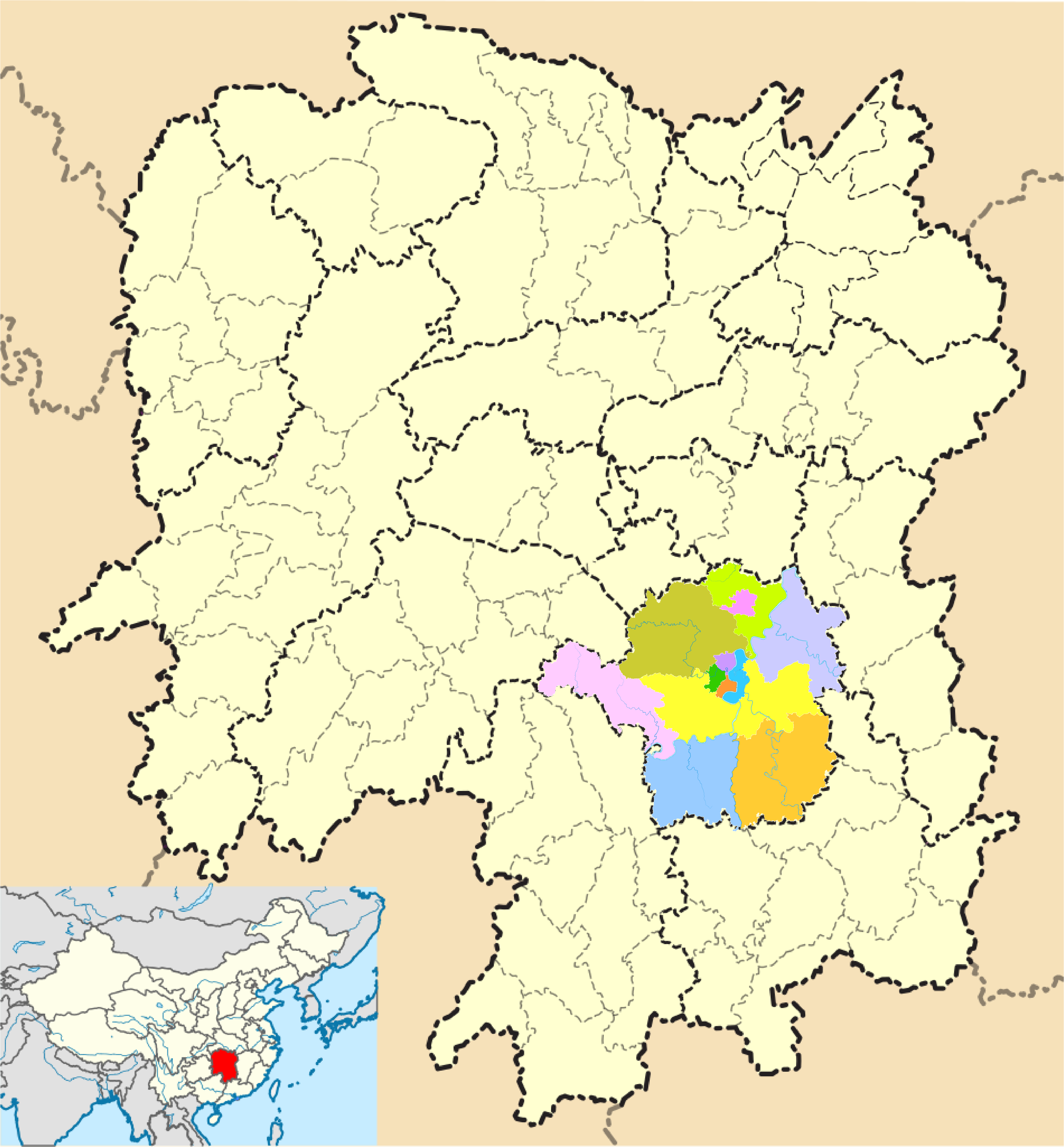Documenting Hengyang dialect
This is an ongoing project on Hengyang language documentation. Hengyang Xiang is spoken in Hengyang, Hunan Province of China, by an estimated 2.4 million speakers. This study investigates the tonal system of Hengyang.
 A map of Hengyang (colored) in Hunan provice adapted from Wiki.
A map of Hengyang (colored) in Hunan provice adapted from Wiki.
Hengyang has six tones: a high-rising tone, a falling-rising tone, a low-rising tone, a low-level tone, a mid-level tone, and a low-mid tone.
Liu (2010) found that two of the six tones (the low-rising and falling-rising tones) in Hengyang have merged to become a distinct low-dipping tone in Mandarin. This is attributed to language contact and influences from Mandarin. But, it is unclear whether this tone merger is complete. Further, in words with two syllables, the two merging tones often change to falling tones (which don’t otherwise exist in the tone system) when followed by other tones (Li, 1986; Huang, 2013). Still, it remains unknown if these processes result in a complete merger, or if the two tones become distinct falling tones due to their underlying tonal differences.
The research is guided by two questions: 1) How do the tonal patterns of Hengyang differ from previous reports, and are those changes associated with particular words and/or age groups? 2) Are the two rising tones completely merged in words with two syllables, when such tones become falling?
This work has been assisted by several undergrad RAs: Warren Tram, Xiangyun Liu, Stephanie Luong, Emerson Miller, Vivian Lin.
The first research question is answered by the poster presented at ASA Nashville Fall meeting 2022, in session 5aSC Speech Production. This poster won the first prize in Speech Communication Student Poster Competition.